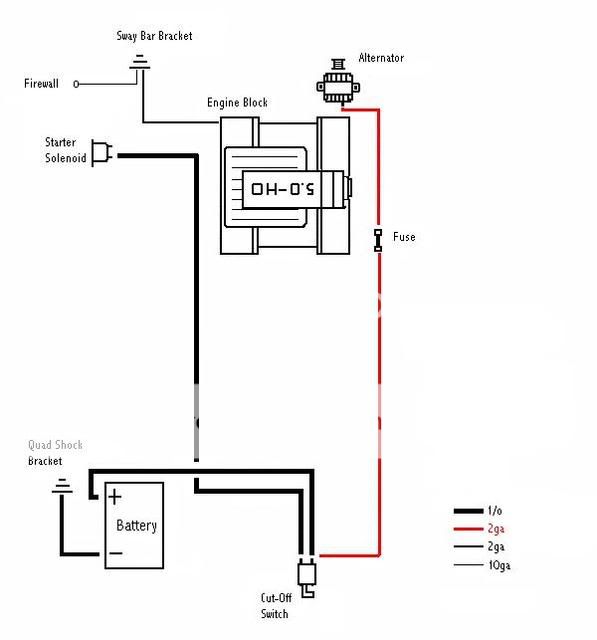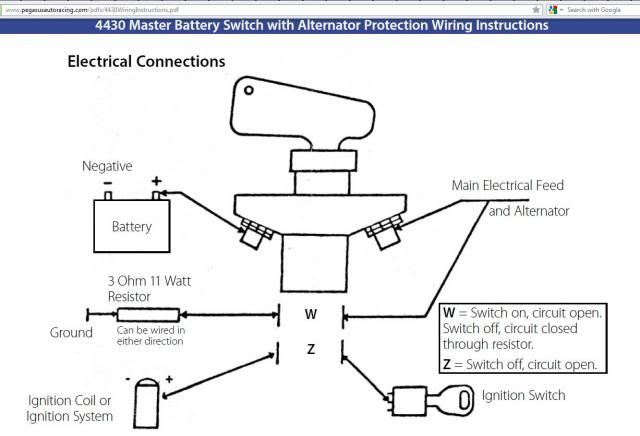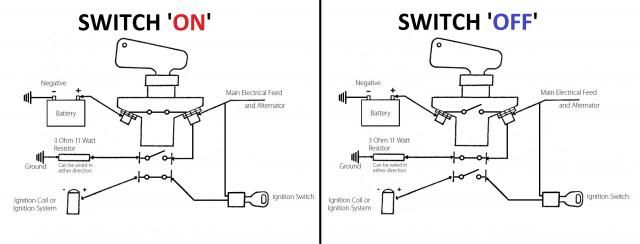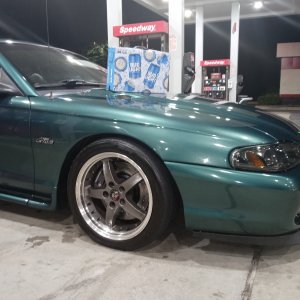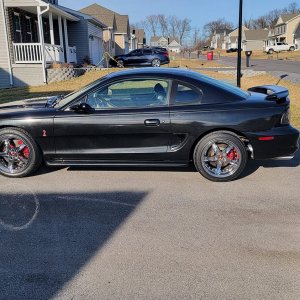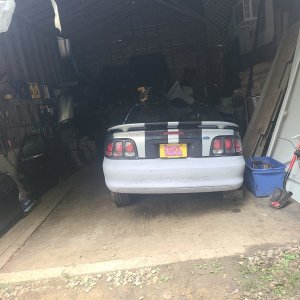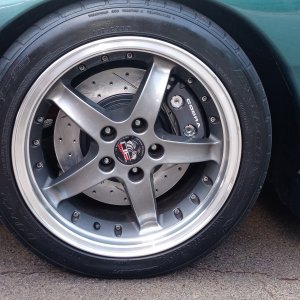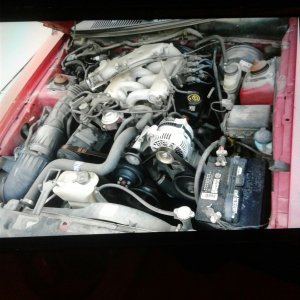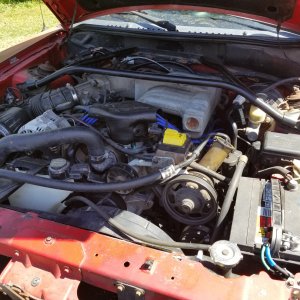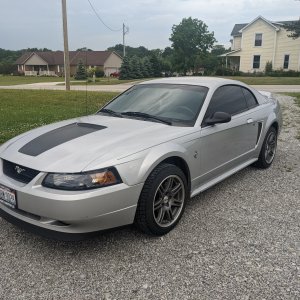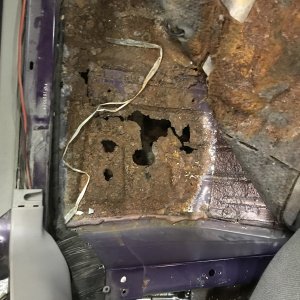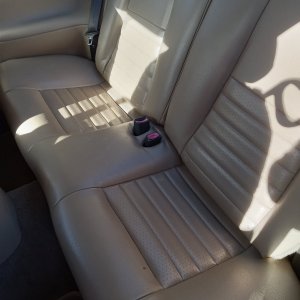Dredging this thread back up, I have a couple questions. I've done some looking on-line and there seems to be several different ways of doing this. I am doing this in conjunction with a battery relocate (to either the trunk or rear seat area, not sure yet). The ones I have found/am interested in are:
Option 1
This seems to be one of the more common options found via the Google; using a 2 post switch: extend alternator wire to one post. Connect the battery + to this SAME POST. Run the starter power feed to the 2nd post, run the fuse box power feed to the second post. Circuit breakers will most likely be needed in the alternator run, starter run, and maybe fuse box run? Circuit breakers will probably need to be at least 150 Amp, maybe 200 Amp. This has the disadvantage of requiring more runs of hot wires. Also, there is a lot of talk online about spikes to the alternator when power is suddenly disconnected and it destroying stuff - is this an issue with this set up?
Will any 2 post switch work? Does the switch need to be able to handle the amperage from the alternator?
Option 2
What has been suggested in this thread; use a 4 post switch: extend the existing stock battery cable to one large terminal on the switch. Connect the other large terminal to the battery. Find the alternator charge wire, remove from fuse box and run it to one of the smaller terminals on the switch. Run the last smaller terminal to the fuse box (where the alternator used to connect to). Turning off the switch (or breaking it) will disconnect the battery from the existing car battery cable, and will disconnect the alternator from the fuse box. This has the advantage of not running as many wires from the engine bay to the cut off switch to the battery.
A candidate switch for this is the Longacre HD Disconnect switch (#47582). However, this is listed as supporting 125 Amps on the B terminals (the smaller terminals for the alternator). What happens if I am using a 130 Amp or great alternator? Does that mean I blow the switch?
Option 3
This one is touted as the "right" way to do this. I don't really know, which is why I am asking here

Use a 6 post switch (like the flaming river combination battery and alternator switch, part #FR1013); The battery goes to one large post; the starter, alternator and fuse box goes to the other large post. There are two sets of 2 small terminals (for a total of 4 small terminals). One set connects/breaks a connection between IGN (+12v) and the coil positive; the second set connects/breaks the starter/alternator/fuse box to ground. When the switch is on (battery is flowing), the first set of terminals connecting the IGN and coil is connected, the shunt to ground is closed. When turning off the switch (breaking it), the first set of terminals (IGN and coil) is broken, and the start/alternator/fuse box is shunted to ground with a resistor in place to trickle the power down and not spike voltage.
This might sound confusing, so here's some pictures:
This is by far the most complicated of Options, but not impossible. Disadvantage is there are more wires to run than the other options, and I have to re-wire the coil connection a bit. Advantage may be is this is the nicest to electrical components and computers? It essentially relies on turning off spark (via the coil) to kill the engine, and then disconnects the battery from the system. Also, I don't think the amperage of the alternator affects anything here, correct?
I'm not looking for the "easiest" to do - I'm not afraid of work. Having said that, we might all agree that Option 3 is technically the best way (for example) but there is nothing wrong with Option 2 (for example), it works, and is easier than Option 3, so just do that.
Lastly, the switch I would "like" to run is the Flaming River one I mentioned in Option 3. If we all agree that Option 2 is the way to go, than I have to select a different switch (which won't kill me). And it's probably a good idea, regardless of which Option is selected, to fuse/circuit break the wires to the battery, yes?
Thoughts on each of the Options? [MENTION=17007]RichV[/MENTION], [MENTION=9209]ReplicaR[/MENTION], [MENTION=10532]MadStang[/MENTION], others - what do you guys think?

